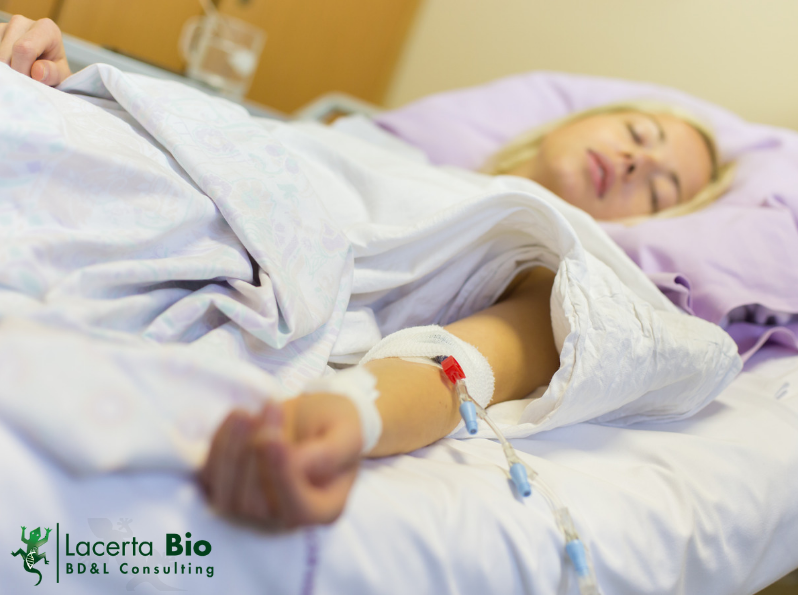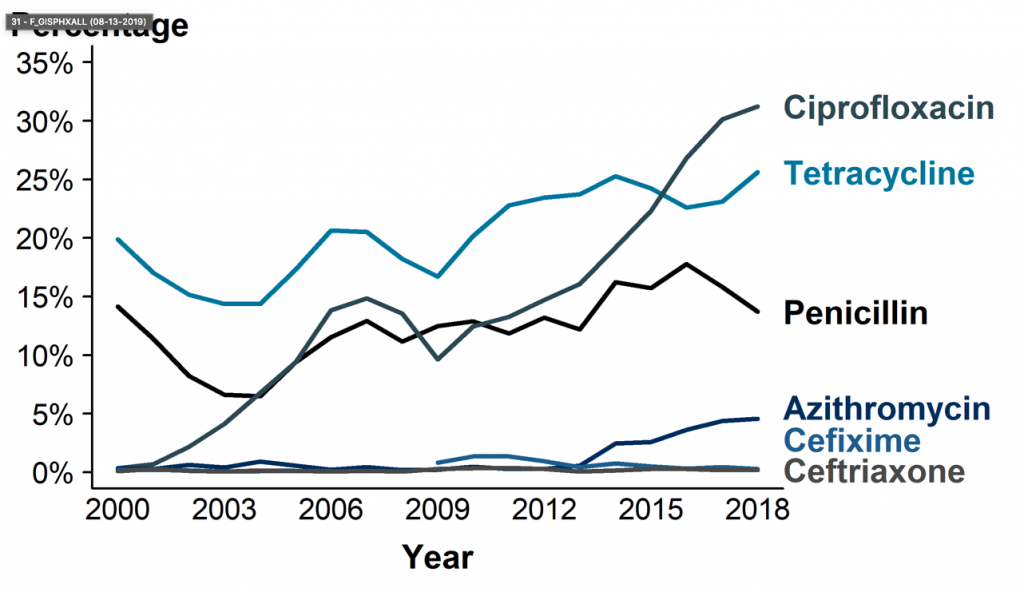A few months ago, the Centers for Disease Control published a new analysis, concluding that the US is experiencing “a steep, sustained increases in sexually transmitted diseases.” The CDC has a page on their website dedicated to their latest analysis.
Alarmingly, young women of childbearing age are seeing major increases in STDs. And in many cases, the STD is being passed on to their infants.
This is a problem that is not restricted to young women. Men between the ages of 15 and 29 years of age are also experiencing an increased number of STDs.

Here are a few of the more troubling statistics from the CDC report:
- Chlamydia was the most common of these conditions, with 1.7 million reported cases in 2017;
- From 2013 to 2017, cases of gonorrhea increases 67%, while cases of syphilis increased 76%;
- Cases of newborns with syphilis rose 40% since 2017 (yes, ’17), resulting in 94 preventable deaths.
If you consult the Merck Manual or similar text, you would think that the traditional treatment of these infections is fairly straightforward. For example, gonorrhea infections can be successfully treated with “a single dose of ceftriaxone plus azithromycin.”
As the CDC also reports, those days are fading fast.
The prevalence of resistant strains of N. gonorrhoeae is rising. We are rapidly approaching 35% resistant strains to ciprofloxacin, for example (with tetracycline not far behind). Paradoxically, we are seeing reductions in strains resistant to penicillin.
So what is our industry doing about this?
Not much.
As with other infectious diseases, pharma development is lacking.
A brief search in MedTrack resulted in only 33 entries for drugs in development for bacterial sexually transmitted diseases. Of these, only 5 are in Phase I or later and are tagged with the “Active Development” label. And one, solithromycin, was no better active comparator.
As this compound already received a CRL for other indications, it is uncertain if this compound (now residing with Melinta Therapeutics) will ever make it to market for this or any other indication.
It is maddening to think that antibiotic-resistant STDs are on the rise (and infants are dying), yet the problem is driven by human misbehavior (cf., Type II diabetes). Antibiotics can theoretically address this problem, but the pipeline looks rather thin.
Thus, behavioral changes and education may be the only way to address a large and growing problem.
UPDATE: GSK recently announced the advancement of a novel antibiotic into Phase III studies. They are pursuing indications in both gonorrhea and UTI. We certainly hope they succeed, but the active comparator design, while appropriate, creates a very high hurdle to surpass.

